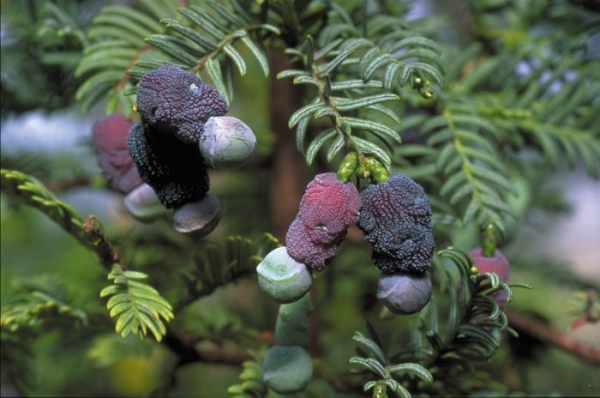Articles in agrobiodiversity and in-situ conservation

The Collaborative Crop Research Program (CCRP) funds participatory, collaborative research on agroecological intensification, bringing smallholder farmers, researchers, development professionals, and others together to create technology to improve nutrition, livelihoods, and productivity for farming communities in Africa and South America. The CCRP is a McKnight Foundation Program.
Here two new articles on agrobiodiversity and in-situ conservation:
- Bellon, M. R., E. Gotor, and F. Caracciolo. 2015. Assessing the effectiveness of projects supporting on-farm conservation of native crops: evidence from the High Andes of South America. World Development. doi:10.1016/j.worlddev.2015.01.014
This paper presents an approach for assessing the effectiveness of projects aimed at creating incentives for smallholder farmers to continue maintaining crop diversity under evolution on their farms in relevant centers of genetic diversity—a process known as on-farm conservation. It is applied to five projects involving native crops in the High Andes of South America. Results show evidence that projects have been effective at supporting farmers to maintain crop diversity on-farm while generating positive livelihood outcomes. Implications and challenges of both the approach and the results for sustainable use and conservation of crop biodiversity are discussed
- Bellon, M. R., E. Gotor, and F. Caracciolo. 2015. Conserving landraces, improving livelihoods: how to assess the success of on-farm conservation projects? International Journal of Agricultural Sustainability 13 (2), 167–182. http://dx.doi.org/10.1080/14735903.2014.986363
Smallholder farmers who grow diverse landraces in centres of crop diversity contribute to sustaining the capacity of agricultural and food systems to adapt to change by maintaining crop evolution in their fields today, thus enabling humanity to continue to have the broad genetic variation needed to adapt crops to changes tomorrow. Given this fact, the last 20 years have witnessed an ever-growing interest in on-farm conservation of crop infra-specific diversity. While numerous projects to support it have been, and continue to be, implemented worldwide, there has been very little systematic assessment of the extent to which these projects have been effective at contributing to the maintenance of crop diversity on-farm and the creation of associated benefits for the farmers involved. The factors and relationships implicated in attaining conservation and livelihood results are complex, so that a conceptual scheme that brings them together in a simplified but coherent fashion can be extremely useful for the scientists, donors, policy-makers and practitioners concerned. This paper presents a conceptual framework for analysing on-farm projects, the trade-offs involved and assesses their success in a more systematic way.

Facebook comments